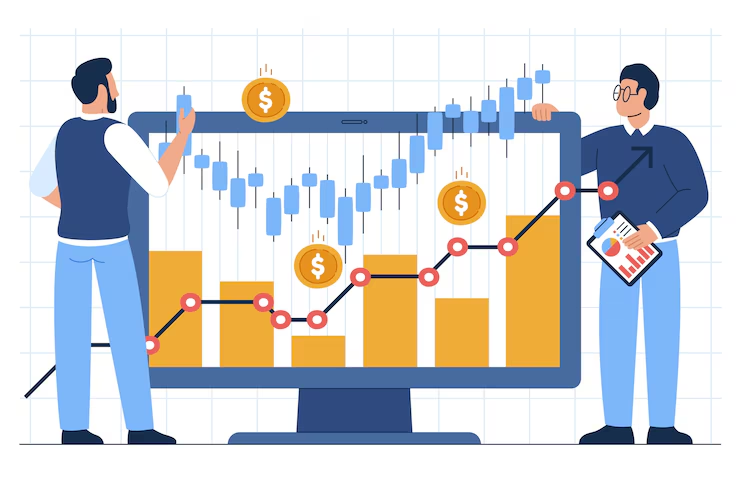I WILL TEACH YOU HOW TO

BUILD A WEBSITE
User-friendly, visually stunning, and tailored to elevate your Business online.

BUY STOCKS
Invest in thousand of stocks from leading markets and stock exchanges.

BUY A PROPERTY
Buy your first property with useful techniques.

